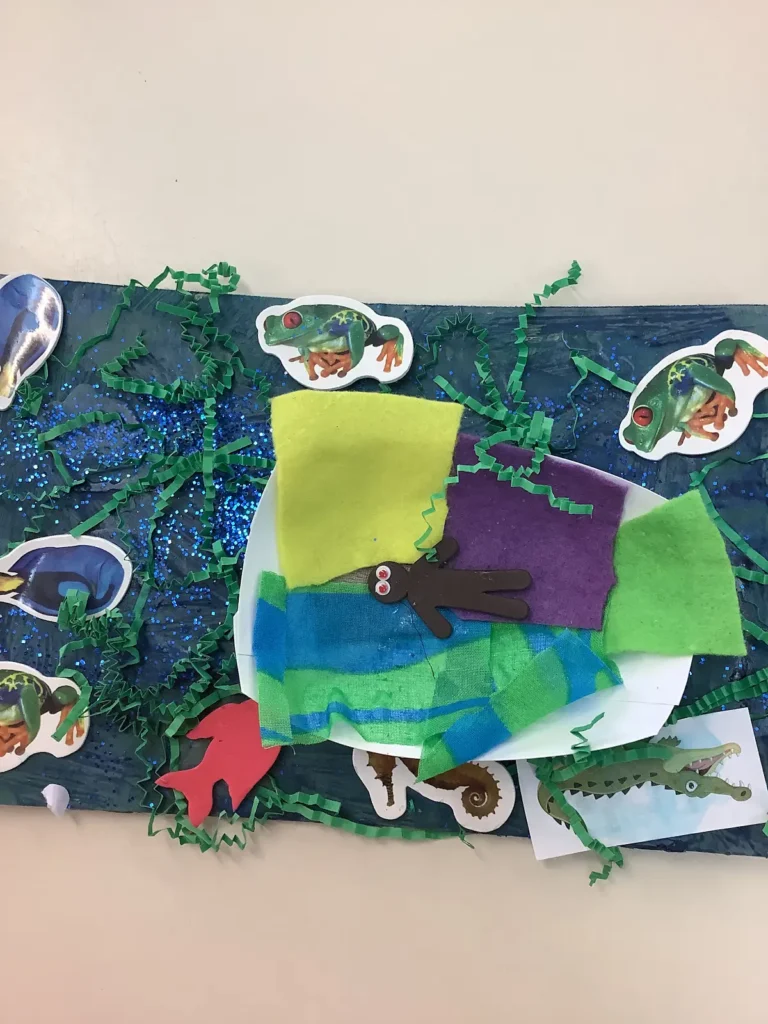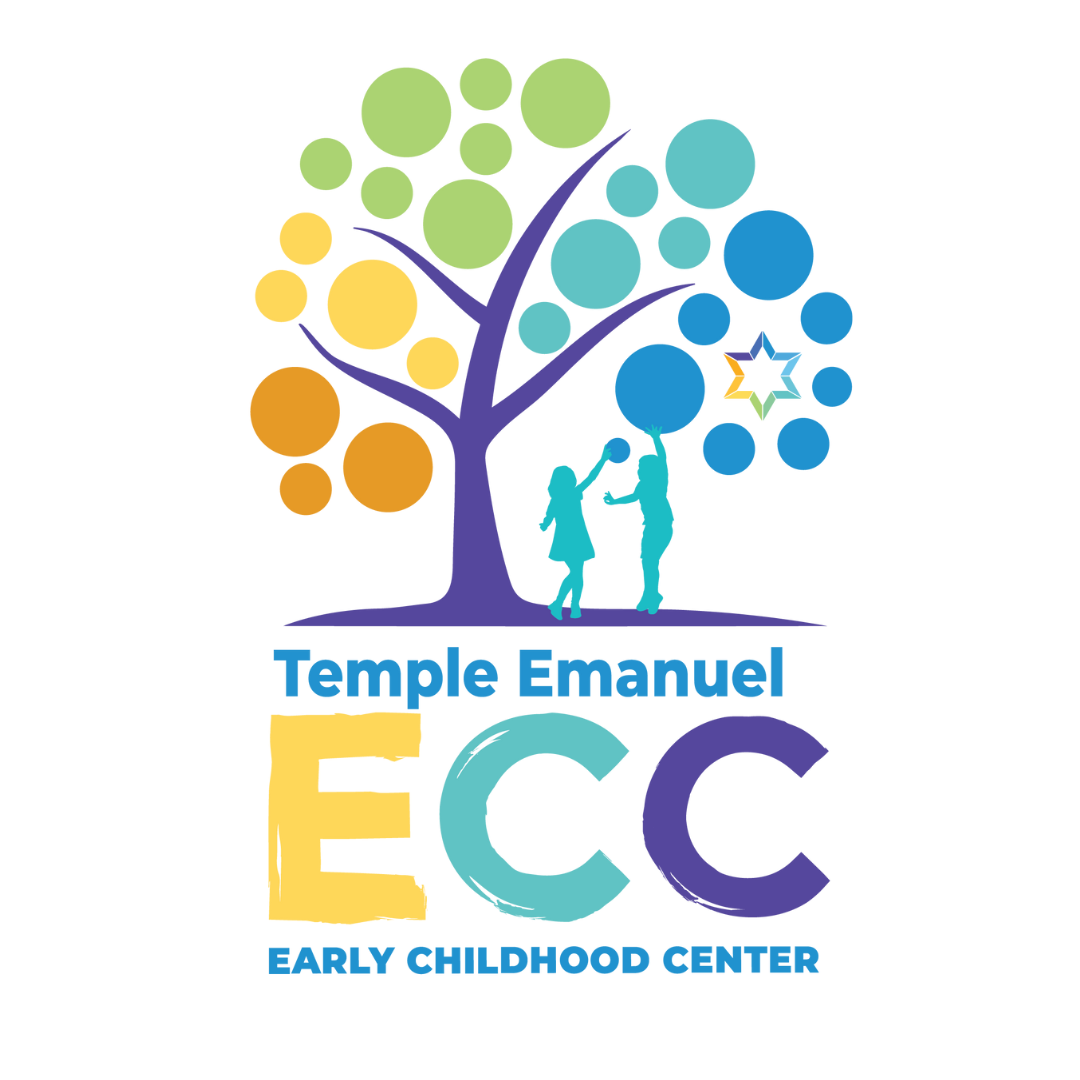
Passover is a rich and meaningful holiday filled with traditions that help us remember the powerful story of the Israelites’ exodus from slavery in ancient Egypt. This year, to bring one of the ten plagues vividly to life for our young learners, we embarked on a fun and creative craft project: making our very own frogs!
The story of Passover, which we explored over two engaging days, is full of dramatic events. From the Nile turning to blood to swarms of locusts, each plague served as a powerful sign for Pharaoh to release Moses and his people. One of the most memorable plagues is undoubtedly the infestation of frogs – an overwhelming abundance that permeated every aspect of Egyptian life.

To help the children connect with this part of the narrative, we decided to get crafty. With just a few simple materials – paper plates, scissors, green paint, and construction paper – we were ready to bring a little bit of Passover history into our classroom.
Here’s how we hopped to it:
Day 1: Painting the Foundation
- Preparation is Key: We started by taking a paper plate and folding it neatly in half.
- Creating the Base: Using scissors, we cut the folded plate down the center, resulting in two semi-circular pieces – the perfect base for our frogs!
- Going Green: The children eagerly grabbed their brushes and green paint, transforming the plain paper plate halves into vibrant, amphibian-hued canvases.
- Patience is a Virtue: We then set the painted plates aside to dry overnight, allowing the color to fully set before the next stage of our creation.

Day Two: Bringing the Frogs to Life
- Eye See You: The next day, I, as the teacher, carefully cut out small circles from construction paper for the frog’s eyes and thin strips for their long, sticky tongues.
- Creative Placement: The real fun began as the children took their dried, green plate halves and glued on the eyes and tongues. There were wide-eyed frogs, cross-eyed frogs, and frogs with tongues sticking out at all sorts of playful angles! This was a wonderful opportunity for them to express their individual creativity.
- Adding a Curl: To give the tongues a realistic touch, we used pencils to carefully roll them up, creating a delightful curl. For those who wanted a more pronounced curve, we discovered that a marker worked just as well! A little tip: I found it best to wait until the paint was completely dry before gluing on the pieces to ensure they adhered properly.
The children were absolutely thrilled with their finished frogs! Each one was unique and bursting with personality. More importantly, this hands-on activity provided a tangible connection to the story of the Passover plagues. Their excitement about creating their frogs naturally led to a deeper engagement with the narrative and the significance of this important holiday.
Learning about the traditions and the powerful story of Passover over two days, culminating in this fun craft, made the experience both educational and memorable for the children. It’s wonderful to see how creativity can bring history to life and foster a deeper understanding of cultural celebrations. This simple paper plate frog project was a fantastic way to help our young learners hop right into the heart of the Passover story!

